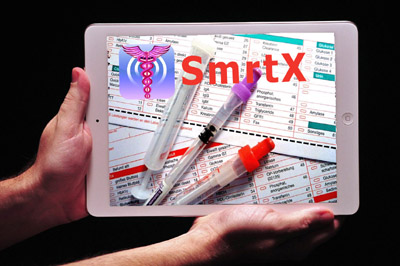
Understanding Blood Test Results: Common Pitfalls
1. Overreliance on Reference Ranges
* Avoid interpreting minor deviations from the reference range as definitive signs of illness.
* Realize that up to 5% of healthy individuals may have results outside of the range.
* Interpret slightly abnormal results in the context of symptoms and medical history.
2. Isolated Test Interpretation
* Consider multiple related tests for a complete picture.
* A single abnormal result may not fully represent a medical condition.
* Look at test results as part of a broader pattern.
3. Variability in Labs and Equipment
* Use the same laboratory for consistent tracking.
* Be aware of potential variations between labs due to equipment or testing methods.
4. Biological Variability
* Recognize that blood values can fluctuate due to factors like meals, hydration, stress, or medications.
* Follow pre-test instructions, and consider repeat testing for outlier results.
5. Normal ≠ Optimal
* Understand that "normal" values may not be ideal for everyone, especially those with specific health risks.
* Consult a healthcare professional to determine optimal ranges based on individual factors.
6. Age, Gender, and Other Factors
* Account for demographic factors that can affect normal ranges, such as gender and age.
* Interpret results considering the individual's health status.
7. False Positives and False Negatives
* Be aware that screening tests can sometimes show abnormal results in the absence of disease (false positives) or normal results despite disease presence (false negatives).
* Repeat testing may be necessary for clarification.
8. Long-Term vs. Immediate Results
* Understand which tests reflect long-term averages (e.g., HbA1c) and which measure current status (e.g., blood glucose).
* Interpret results accordingly.
9. Sensitivity and Specificity
* Inquire about test sensitivity and specificity.
* Highly sensitive tests may give false positives, while highly specific tests may give false negatives.
10. Follow-Up on Abnormal Results
* Seek professional guidance for any abnormal results, especially persistent or severe ones.
* Do not assume that a mildly abnormal result is "normal" or ignore it without consulting a healthcare provider.


DDxHub is a concentrator that holds a lot of disease descriptions. It relies on the System knowledgebase to diagnose a health condition.
Differential diagnosis Hub is the System distinguishing of a particular disease or health condition from others.